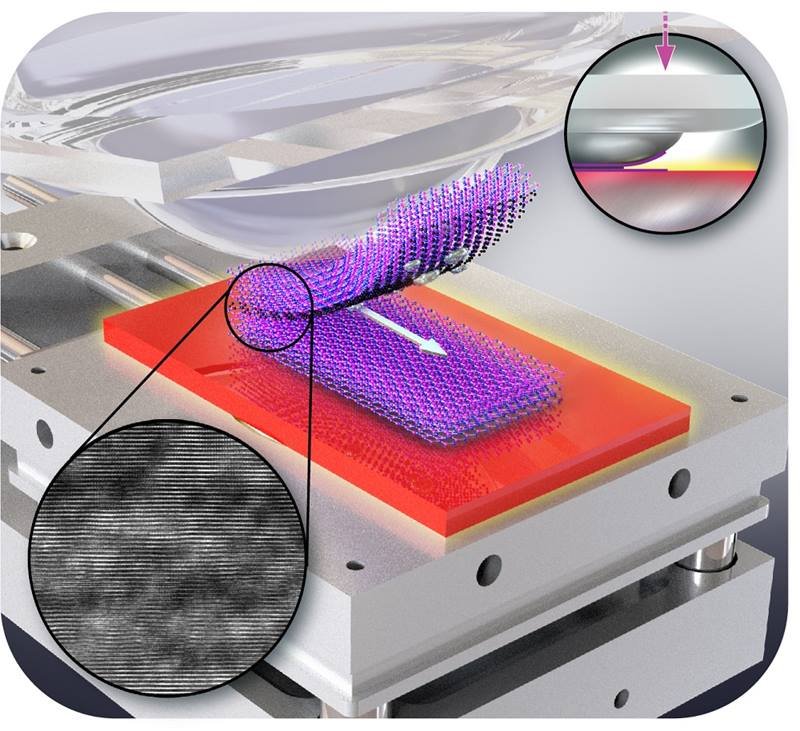Radiative cooling is a powerless cooling technology that releases infrared radiation as heat through the atmospheric window to reduce temperatures. It is attracting attention as a next-generation eco-friendly cooling technology that can supplement power-hungry air conditioners. Radiative cooling materials for daytime use are colored white to reduce sunlight absorption. This provides excellent cooling performance but has the disadvantage that it cannot be used in buildings or vehicles that require aesthetics because it is difficult to implement multiple colors.
Therefore, the development of colored radiative cooling materials that meet cooling and aesthetics at the same time has recently attracted attention. Previously known colored radiative cooling materials use light absorption to produce color, resulting in low temperature reduction. Alternative colored materials in the form of photonic crystals that use light reflection had excellent cooling performance but were limited in realizing distinct colors.
The team solved this problem by fabricating bent spiral liquid crystal photonic crystals. The commercial liquid crystal (LC242) used in this study is not only a material that reduces its temperature through radiation cooling, but also forms colored photonic crystals through its periodic structure when aligned into a spiral using an inducer. The researchers used a spin coating process to bend these colored photonic crystals, resulting in vivid colors unlike conventional photonic crystals, which have different colors depending on the angle.
By combining the fabricated colored radiation-cooling liquid crystal material with an upper transparent film and a lower metallic thin film, the team was able to achieve a temperature of about 30.8 °C lower than the same colored commercial paint and about 3.1 °C lower than ambient air in the middle of the day, the researchers said. The material could be used to reduce air conditioning consumption on the exterior of buildings and vehicles where aesthetics is a consideration, as well as to provide power-free cooling for outdoor leisure items and military tents.
“The colored radiation-cooling liquid crystal material developed in this study can be quickly fabricated through a low-cost and simple spin coating process,” said Dr. Jin Gu Kang, a professor at KIST. “If the large-scale commercialization of this technology is successful, it will be used for cooling a wide range of fields such as electronics and mobility in the future.”
###
KIST was established in 1966 as the first government-funded research institute in Korea. KIST now strives to solve national and social challenges and secure growth engines through leading and innovative research. For more information, please visit KIST’s website at https://eng.kist.re.kr/
The research was supported by the Ministry of Science and ICT (Minister Lee Jong-ho) through KIST Institutional Program and the Ministry of Trade, Industry and Energy (Minister Ahn Duk-geun) (20213091010020). The research results were published* in the latest issue of the international journal Chemical Engineering Journal (IF: 13.3, top 3.1% in JCR).



